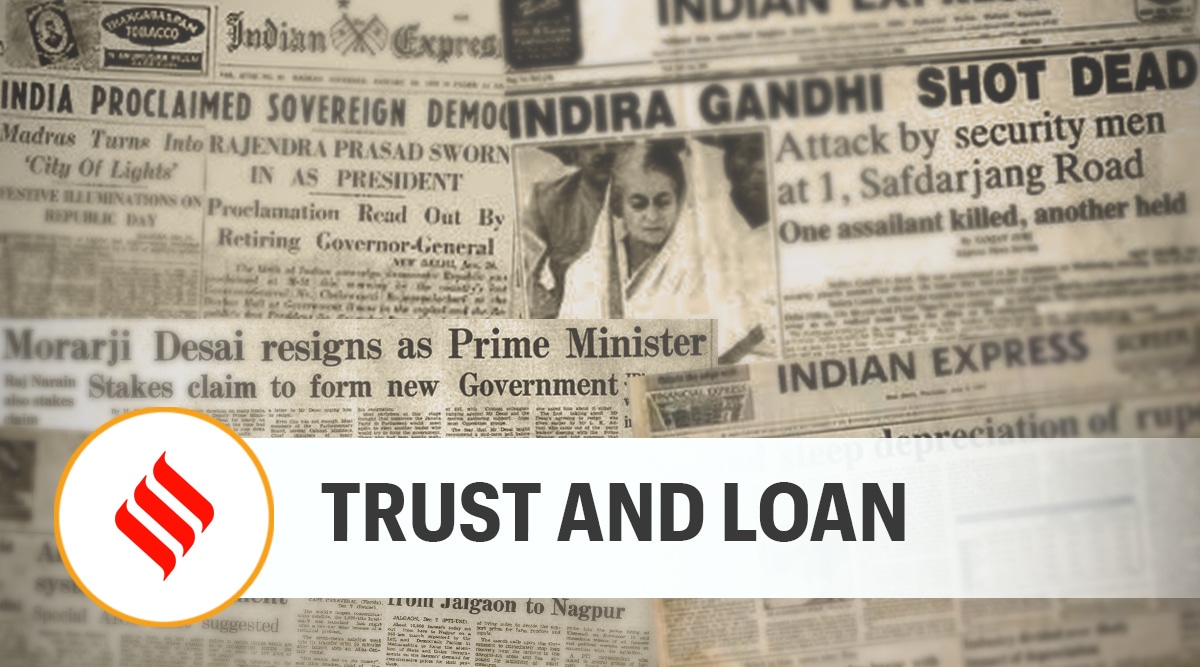 States’ liabilities towards the Centre have in fact been declining as per the 15th Finance Commission.
States’ liabilities towards the Centre have in fact been declining as per the 15th Finance Commission. In the Union budget 2022-23, Finance Minister Nirmala Sitharaman had provided for Rs 1 lakh crore in loans to state governments to enable them to increase their capital expenditure. These are to be interest-free, repayable after 50 years in a one-shot bullet payment. However, some states have expressed apprehensions, arguing that such an arrangement raises larger questions over the framework that governs Centre-state fiscal relations.
Much of the concern revolves around Article 293 (3) of the Constitution. According to this provision, without the consent of the government of India, states may not raise any loan, as long as “there is still outstanding any part of a loan which has been made to the state by the Government of India.” Thus state borrowings are circumscribed by the Centre’s approval. But, over the past decade or so, the Union government has done away with the loan component in the central plan assistance. States’ liabilities towards the Centre have in fact been declining as per the 15th Finance Commission. Thus, over time, states would perhaps not have any obligations towards the Centre, increasing their degrees of freedom. But this process is also interrupted by the treatment of loans from multilateral agencies to states being routed through the Centre, something that will not end in the foreseeable future. In this context, the budgetary proposal read along with the constitutional provision can be seen as endowing the Centre with greater sway over the states’ fiscal management at a time when it had been decreasing. Undoubtedly, greater leeway to states is necessary for more fiscal flexibility, especially during periods of crisis. It is also true, at the same time, that the Centre is responsible for the country’s overall macroeconomic stability. Some have also voiced concerns over the possibility of conditions being attached to these loans — will the Centre’s expenditure priorities match those of states? Further, there has also been criticism of this amount not being transferred to the states in the form of a grant — a grant is shown as part of revenue expenditure, while loans have been shown as capital expenditure.
Ultimately, the burden of execution will fall on the states. It is conceivable that states politically aligned with the Centre or those whose finances are in a precarious position may opt for this option. It is equally possible that some may not borrow — they are within their rights to deny the loan. Some may witness a degree of substitution — funds meant for capital expenditure may be shifted towards revenue expenditure, with the fall in capital spending being offset by these loans. Considering the current environment of distrust, where the faultlines in Centre-state relations have deepened, an arrangement that states view as impinging on their fiscal independence or as an attempt towards greater centralisation, may become a deeply contentious political issue.
This editorial first appeared in the print edition on February 23, 2022 under the title ‘Trust and loan’.
- The Indian Express website has been rated GREEN for its credibility and trustworthiness by Newsguard, a global service that rates news sources for their journalistic standards.

